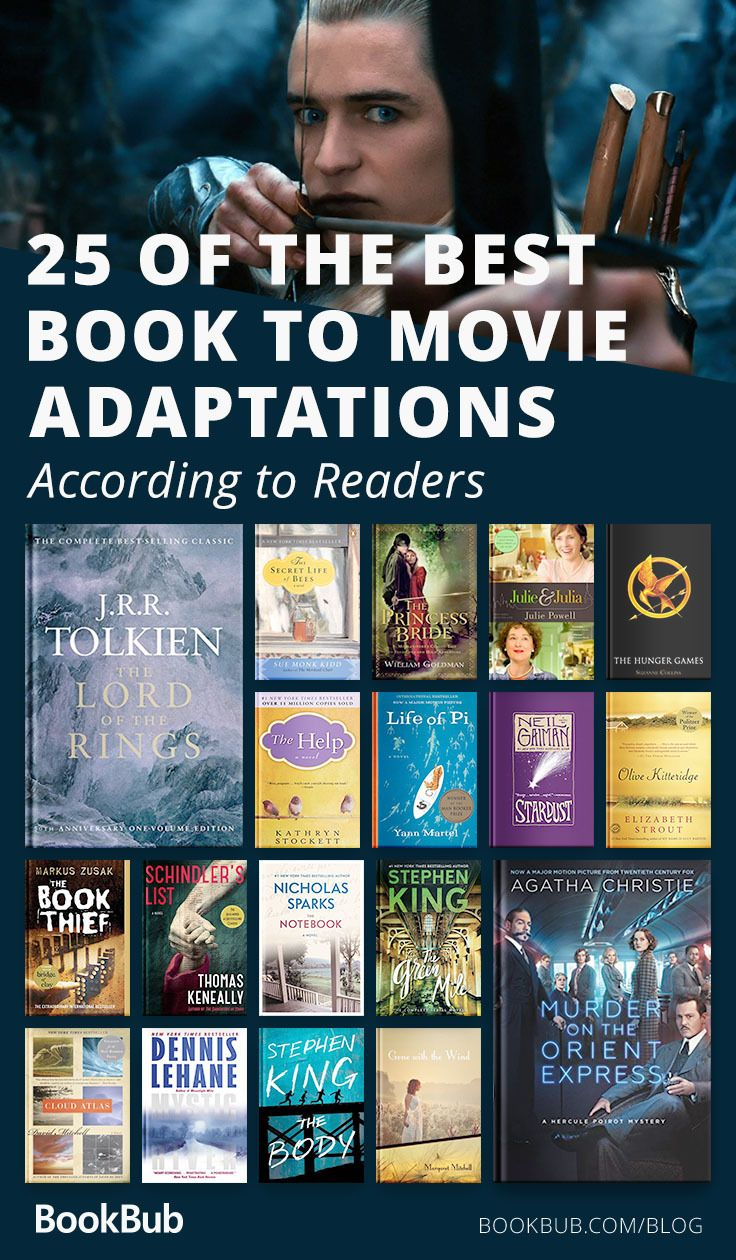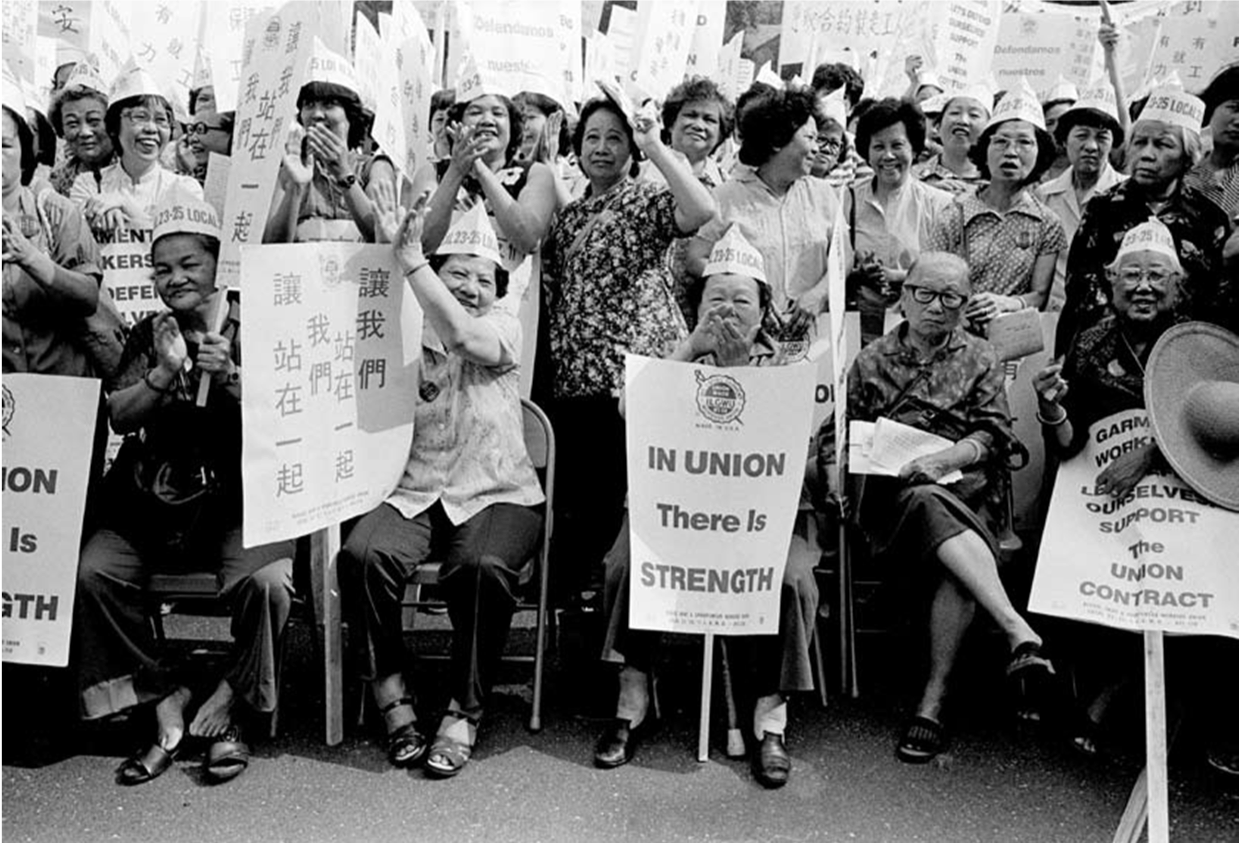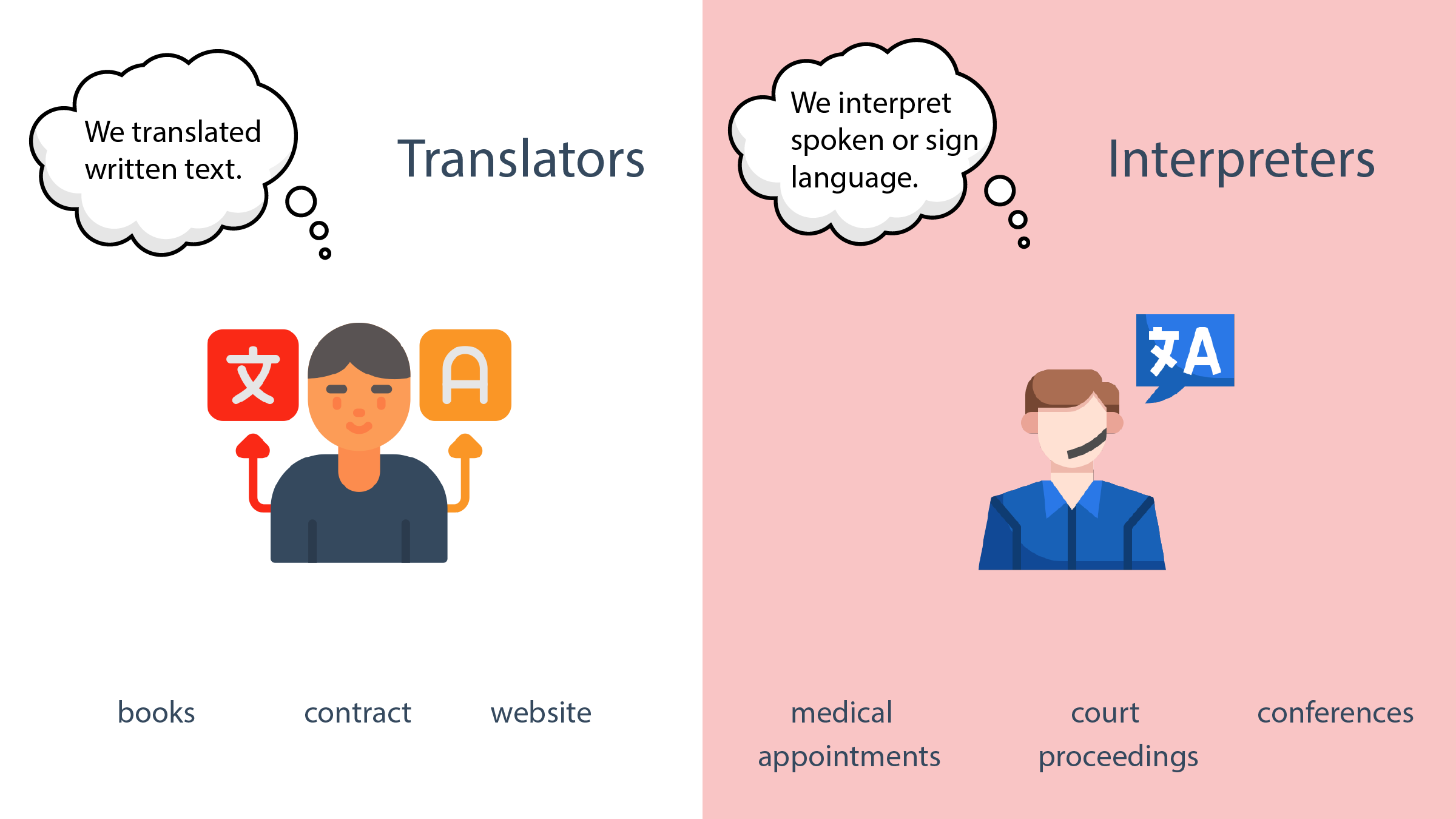Book adaptations have long been a fascinating topic for literature and film enthusiasts alike, as the transition from page to screen often sparks intense debate about fidelity and creativity. With the rise of film adaptation recommendations showcasing some of the best movie adaptations in recent years, the allure of novels turned into movies is stronger than ever. Audiences find joy in watching familiar characters and stories come to life, while also grappling with the changes that occur during the adaptation process. From gripping horror tales like Stephen King’s “Misery” to intricate crime dramas such as James Ellroy’s “L.A. Confidential,” there’s a wealth of material that illustrates both the triumphs and tribulations of literature to film adaptations. As we delve into this intriguing world, it’s essential to examine how some adaptations not only honor their source material but also redefine it, capturing the imagination of a new generation of viewers.
Exploring cinema’s profound relationship with literature reveals the various transformations that narratives undergo when reimagined for the screen. The phenomenon of translating written works into visual storytelling has shaped popular culture, enticing audiences with the prospect of engaging with beloved stories in fresh and dynamic ways. From acclaimed titles to lesser-known gems, these film adaptations provide a unique lens through which to view complex narratives and characters. As we discuss movies based on books, we’ll uncover how specific adaptations bring a contemporary context and novel interpretations that often enhance the original material. This evolving dialogue between the written and cinematic arts continues to invite reflections on how stories resonate across different mediums.
The Art of Film Adaptation: Transforming Literature to Screen
Film adaptations serve as a bridge, linking the imaginative realms of literature to the vivid world of cinema. This intersection is often controversial; many assert that the book is always superior to its on-screen counterpart. However, a successful adaptation demands more than just a faithful retelling of the source material. It requires a deep understanding of both mediums, recognizing that what works on the page may not translate well to film. For instance, a novel’s intricate inner monologues may become cumbersome in cinematic form, prompting filmmakers to craft dialogue and visuals that convey the story’s essence instead.
Great adaptations are often defined not just by their fidelity to the story but by their ability to evoke new meanings and emotions. These adaptations can highlight aspects of the source material that may have remained unnoticed in the original text. A fine example is the film ‘Misery’, which, while maintaining the plot’s integrity, explores the themes of obsession and artistic integrity in ways that trigger deeper contemplation among viewers. In this sense, adaptations can indeed enrich our comprehension of literary works, presenting different facets of characters and narratives that resonate with contemporary audiences.
Best Movie Adaptations: Literary Masterpieces on Screen
Encouraging audiences to explore movies based on books opens a world of cinematic experiences that are often enhanced by their literary origins. The 1997 film ‘L.A. Confidential,’ adapted from James Ellroy’s novel, showcases how filmmakers can distill complex narratives into compelling cinematic tales. The film adeptly captures the essence of the original material while streamlining plot lines for dramatic effect. Iconic performances and a thrilling score elevate the adaptation to a status where it arguably surpasses the source material in impact.
With a list of potential film adaptation recommendations to explore, viewers can unearth treasure troves of stories that resonate differently on screen than they do on the page. Whether it’s ‘The Hoods’ transformed into ‘Once Upon a Time in America’ or even the quirky take on ‘American Psycho,’ it’s evident that the best adaptations challenge viewers’ perceptions and spark discussions about the underlying themes of the original literary works.
Novels Turned into Movies: A Look at Fan Favorites
The phenomenon of novels turned into movies has captivated audiences for generations, with each adaptation offering a new lens through which to view the story. The ongoing debate about whether adaptations do justice to their source texts often highlights personal biases regarding fidelity and interpretation. Nonetheless, adaptations like ‘Jack Reacher’ offer an exciting twist to the original narrative, providing viewers with a thrilling experience even if they haven’t read Lee Child’s best-selling series. The film and TV adaptations create an opportunity for wider engagement with the material, drawing in viewers who may not typically gravitate toward the literary genre.
As adaptations continue to find their way to the big screen, filmmakers face the challenge of balancing artistic expression with the expectations set by devoted fans of the original works. This ensures engaging content that both honors the source material and resonates with new audiences. Popular titles such as ‘Where Are You Going, Where Have You Been?’ adapted from Joyce Carol Oates’ haunting short story, exemplify how nuances can be explored more deeply through visual storytelling, allowing for richer emotional connections and dialogues around the stories we love.
Exploring Literature to Film Adaptations
Literature to film adaptations bring a unique dynamic to storytelling by allowing directors to reimagine narratives that have captivated readers for years. This transformation not only varies the medium but also influences how stories are perceived and appreciated by different audiences. For example, the enthralling yet disturbing themes present in ‘American Psycho,’ when adapted for film, shifted the tone entirely, giving rise to a satirical yet chilling narrative that was both entertaining and thought-provoking. An adaptation like this demonstrates the potential for literature to be reinterpreted in ways that bring fresh insights to familiar tales.
Moreover, literature to film adaptations often highlight the cultural context surrounding both the narrative and its medium. They tend to reflect societal values, concerns, and the artistic climate of their times. Each adaptation, from the subtle nuances in character portrayal to the visuals captured in cinematography, molds the audience’s understanding and retention of the story. By continuously exploring literature’s transition to film, audiences can appreciate the myriad ways storytelling evolves, gaining a deeper understanding of both the original text and the cinematic experience.
Film Adaptation Recommendations: What to Watch
For film enthusiasts eager to dive into new worlds, film adaptation recommendations can be a perfect guide to experiencing captivating narratives. Selecting movies based on books not only allows viewers to appreciate powerful storytelling but also encourages them to seek out the original texts for a more profound understanding. The adaptations that stand out, like ‘L.A. Confidential,’ showcase the thrill of witnessing gritty narratives unfold, prompting audiences to engage with both mediums.
Moreover, recommendations don’t merely point to blockbusters; they also encourage exploration of lesser-known gems that might be overshadowed by mainstream releases. Delving into adaptations such as ‘Once Upon a Time in America’ offers cinema lovers a chance to engage with films that elevate source material in unexpected ways. By collecting diverse film adaptation recommendations, viewers enrich their cinematic playlists and keep the literary discussions alive.
Character Depth in Movie Adaptations
One of the most significant aspects of adapting literature into film is character development. The transition from page to screen often adds layers to characters that may not have been fully explored in the book. Films like ‘Misery’ shine not only for their gripping plot but for the depth of their complex characters. The unique portrayal of relationships on screen has the power to turn audiences into empathizers or critics of the characters’ decisions, leading to rich discussions about the plight of the protagonist and the antagonist.
Moreover, adaptations have the opportunity to flesh out supporting characters that might have been mere footnotes in the original text. By doing so, they create a more holistic understanding of the relationships and conflicts at play. Films such as ‘Smooth Talk’, adapted from Joyce Carol Oates’ story, showcase deep dives into character motivations. This enriches viewers’ experience, prompting reflections on the relational dynamics and the societal implications depicted through nuanced portrayals.
Narrative Techniques in Adaptations
Exploring narrative techniques in adaptations reveals the unique storytelling methods that filmmakers employ to engage audiences. Often, adaptations will utilize visual storytelling, pacing, and character arcs that differ from the techniques prevalent in literary forms. A prime example is the adaptation of ‘Jack Reacher’, where the pacing of action sequences contrasts with the slow build of tension typically found in the novels. This technique serves to maintain viewer engagement, keeping them on the edge of their seats while reflecting the adrenaline-fueled essence of the story on screen.
Additionally, filmmakers might adopt non-linear storytelling or flashbacks, which can introduce original concepts or ideas not present in the source material. These adjustments allow directors to captivate viewers and broaden understanding. Techniques like these, adopted in adaptations such as ‘The Hoods’, emphasize how different mediums harness their strengths to reinterpret narratives that may have once been confined to the written word, thereby inviting audiences to engage profoundly with the storytelling process.
Cultural Impact of Adaptation Trends
The cultural impact of adaptation trends reflects broader societal interests and shifts in audience expectations. As filmmakers increasingly turn to novels for inspiration, we see a growing appetite for books in various genres, allowing for diverse storytelling avenues. Themes prominently featured in recent adaptations like ‘Nickel Boys’ and ‘Conclave’ encourage audiences to confront societal issues, making literature more relevant in today’s cinematic landscape. This trend not only revitalizes interest in the original texts but also opens discussions about their themes in contemporary contexts.
Furthermore, adaptations often set the stage for a renewed interest in writing genres that may have been overlooked prior to their film release. Independent films based on literary works can show that there’s a demand for authentic storytelling, inspiring both new writers and filmmakers. The increase in such adaptations continues to encourage literature’s relevance, creating dialogues where audiences explore the societal narratives that resonate within the stories depicted both in books and on screen.
The Evolution of Storytelling Through Adaptations
The evolution of storytelling through adaptations marks a dynamic shift in how narratives are crafted and presented to audiences. Book adaptations have transformed the landscape of cinema, highlighting a synergy between visual arts and literature. As storytelling evolves, filmmakers strive to create experiential narratives that can evoke emotions in ways that the written word may not achieve alone. The ability to enjoy and interpret stories through multiple lenses enriches the audience’s experience.
Adapting literature to film has also positioned filmmakers as interpreters and innovators, offering new perspectives on beloved tales. Renowned adaptations often lead to renewed interest in the original works, encouraging audiences to engage with both the text and its cinematic version. As the film industry embraces this evolution, we find ourselves not simply as passive consumers but as active participants in the ever-expanding realm of storytelling.
Frequently Asked Questions
What are the best movie adaptations of popular novels?
Some of the best movie adaptations of popular novels include classics like ‘The Godfather’ (based on Mario Puzo’s book), ‘To Kill a Mockingbird’ (adapted from Harper Lee’s novel), and more recent hits like ‘The Hunger Games’ series. These films often capture the essence of the source material while adding cinematic depth.
Which novels turned into movies have received critical acclaim?
Several novels turned into movies have received critical acclaim, such as ‘The Shawshank Redemption’ (adapted from Stephen King’s novella) and ‘Pride and Prejudice’ (various adaptations). These films are praised for their storytelling and ability to resonate with audiences, often capturing the themes of their literary predecessors.
What are some recommended film adaptations that improve on the original books?
Film adaptations that improve on their original books often include ‘The Silence of the Lambs,’ which has been noted for its intense atmosphere and performances, and ‘The Social Network,’ which dramatizes the creation of Facebook in a compelling manner that may surpass the detailed narrative of the book.
How do literature to film adaptations vary in quality?
Quality in literature to film adaptations can vary widely, often depending on factors like direction, screenplay, and acting. While some adaptations remain faithful and resonate with fans of the book, others take creative liberties that may offer new interpretations and insights, enhancing the story for a cinematic audience.
What should I consider when watching movies based on books?
When watching movies based on books, consider aspects like character development, plot fidelity, and the emotional depth conveyed in the original text. Adaptations may streamline or alter aspects of the story, so it’s helpful to approach them with an understanding that films interpret narratives differently than books.
What genre offers the best film adaptation recommendations?
Many believe that the mystery and thriller genres offer some of the best film adaptation recommendations, as they often translate well to the screen in terms of visual storytelling and suspense. Examples include ‘Gone Girl’ by Gillian Flynn and ‘The Girl with the Dragon Tattoo’ by Stieg Larsson.
Are there any famous cases of movies surpassing their book counterparts?
Yes, there are famous cases where movies have surpassed their book counterparts, such as ‘Jaws’ by Peter Benchley, where the film created suspense through direction and score that enhanced the original narrative, and ‘The Departed,’ adapted from the Hong Kong film ‘Infernal Affairs,’ which received widespread acclaim.
Why do people say the book is always better than the movie?
People often say that ‘the book is always better than the movie’ because books can provide deeper insight into characters’ thoughts and backgrounds, develop subplots more fully, and create a richer world, which can sometimes be lost in adaptations due to time constraints in film.
Can adaptations of short stories also be successful in film?
Yes, adaptations of short stories can also be very successful in film. Examples include ‘Adaptation’ (based on Susan Orlean’s work) and ‘Smooth Talk,’ adapted from Joyce Carol Oates’ short story, proving that even brief narratives can offer compelling cinematic experiences.
| Book Title | Author | Key Points | Notable Adaptation | Comments by Faculty |
|---|---|---|---|---|
| Misery | Stephen King | Captive novelist and fan dynamics; explores themes of writing and fame. | 1990 film starring James Caan and Kathy Bates | Faithful adaptation but loses depth on writer’s reflection. |
| L.A. Confidential | James Ellroy | Gritty portrayal of 1950s LA, moral corruption within police; rich character development. | 1997 film, Oscar-nominated | Excellent adaptation, captures character essence despite plot changes. |
| Jack Reacher series | Lee Child | Follows an ex-military officer; highlights themes of popular entertainment vs. literary depth. | Tom Cruise films; recent Amazon adaptation | Striking differences between prose and visual storytelling, popular appeal. |
| The Hoods | Harry Grey | Semi-autobiographical tale of a Jewish gang during Prohibition; weak writing. | 1984 film ‘Once Upon a Time in America’ | Transformed into a cinematic masterpiece emphasizing operatic visuals. |
| American Psycho | Bret Easton Ellis | Deeply ironic and darkly humorous; examines consumerism. | 2000 film adaptation | Unexpectedly lively interpretation that improved on the source material. |
| Where Are You Going, Where Have You Been? | Joyce Carol Oates | Teen angst and psychological tension; subterranean family dynamics. | 1985 film ‘Smooth Talk’ | Expanded emotional depth and altered ending for cinematic impact. |
Summary
Book adaptations can both captivate and disappoint audiences, but the best adaptations often enhance the original material, providing fresh insights and artistic interpretations. From Stephen King’s chilling ‘Misery’ to the gritty landscapes of Ellroy’s ‘L.A. Confidential’, these adaptations richly expand on themes and character development, showcasing the unique strengths of visual storytelling. As the anticipation for Oscar season builds, the conversation around book adaptations becomes even more relevant, highlighting how these cinematic interpretations can sometimes even surpass their literary counterparts.



